Catalog of Montana Heritage Orchard Trees
The Montana Heritage Orchard program provides resources for preserving heritage orchards, documenting Montana's fruit growing history, and propagating heirloom and lost apple cultivars for backyard and commercial production. To learn more about the program's history and participating orchards visit www.mtorchards.org.
To support the administration of this program and further preserve tree genetics, a retail tree propagation program has been created. Below is an description of the trees that have been grafted for sale to nurseries since 2019. Contact participating nurseries directly to check on tree availability.

Wild Horse Island Transcendent Crabapple
Collected from Wild Horse Island on Flathead Lake, these small golden fruits glow on green leaves in the autumn. Packed with perfumed blooms in the spring this heirloom cultivar was prized for making jelly and eating fresh. Not great for storage but globes of goodness won't last long on the table. Fruit is small, round, golden with blush cheeks. Flesh is creamy yellow, sweet with a sprightly tartness and subtle astringent bite.
The orchard on Wild Horse Island was planted by William A. Powers in 1913. Ten trees remain, including 4 'Transcendent' crabapples, 1 'McIntosh' and 5 'Flemish Beauty' pears
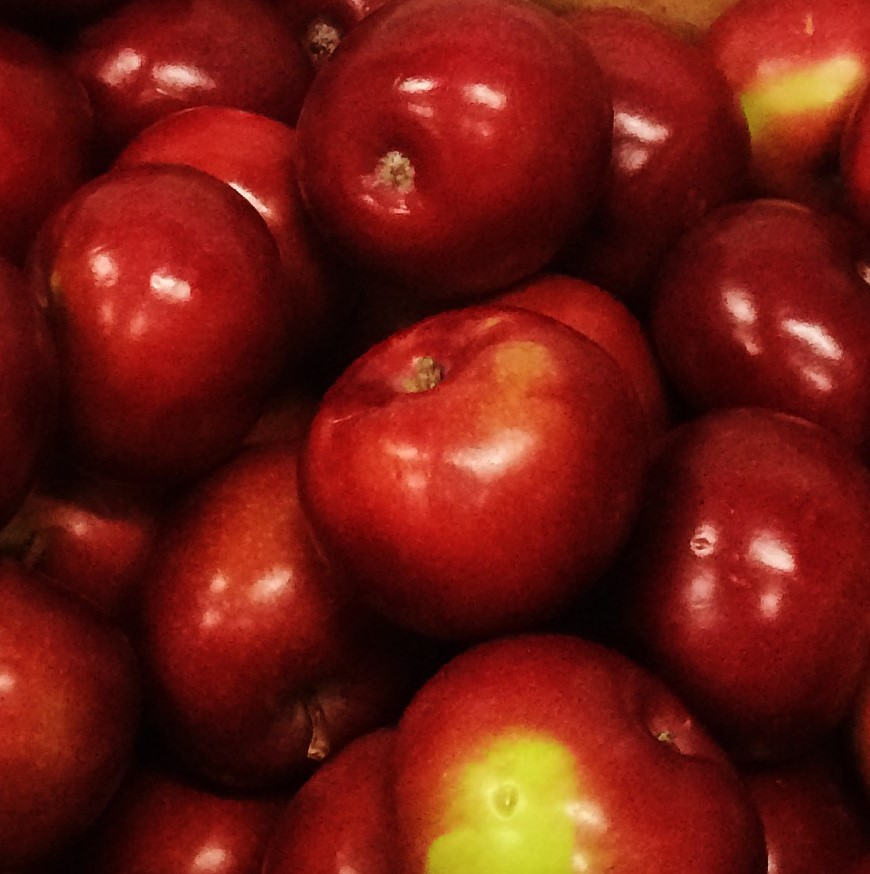
Wild Horse Island McInstosh
From the McIntosh Homestead in Ontario (circa. 1870) to Wild Horse Island (circa. 1913), this classic North American apple reigns supreme for its bountiful bloom, deep-red skin and aromatic flavor. Fruit is large and uniform with characteristic red coloring when fully sunripened. Flesh is white with occassional red veins, juicy and aromatic with a balanced tart flavor to finish the apples sweetness.
The orchard on Wild Horse Island was planted by William A. Powers in 1913. Ten trees remain, including 4 'Transcendent' crabapples, 1 'McIntosh' and 5 'Flemish Beauty' pears

Crow Creek Apple
This unknown apple failed to be identified after genetic testing but is simlar to a 'Gideon Sweet', named for the famed Minnesota apple breeder Peter M. Gideon. Bound to be cold hardy, this tree produces colorful yellow to green russeted fruit with a red blush and sometimes carmine stripes. Like its suspected parent, 'Blue Pearmain', the apple is dusted with a purplish bloom giving the fruit a blue hue as it hangs on the tree. Flesh is yellow, juicy and crisp, subacid quickly becoming sweet.
Just outside of Townsend, MT, Crow Creek Ranch was homesteaded nearly 100 years ago by homesteader Eli Toma. Toma left Europe during WWI coming to America as a stowaway and making his way across the plains to Montana where he planted an orchard a built a home. Twenty 'Wealthy' trees and this unique unknown cultivar remain on the property.

Ray Ranch Apple
This unidentified large green apple offers surprising flavor for its size. Good disease resistance showing no signs of fire blight in an orchard with several flagging strikes on susceptible trees.
In the southern reaches of the Bitterroot Valley, Mary Ellis and John C. Ray planted their homestead orchard, "Ray Ranch" around 1887, selling fresh apples to neighbors. Pre-dating the valley's McIntosh apple boom, the Rays planted 'Wealthy', 'Duchess', 'Alexander' and several crabapple trees. Over 40 trees remain of the original orchard today and are cared for by the current owners of the North Fork Rye Ranch.
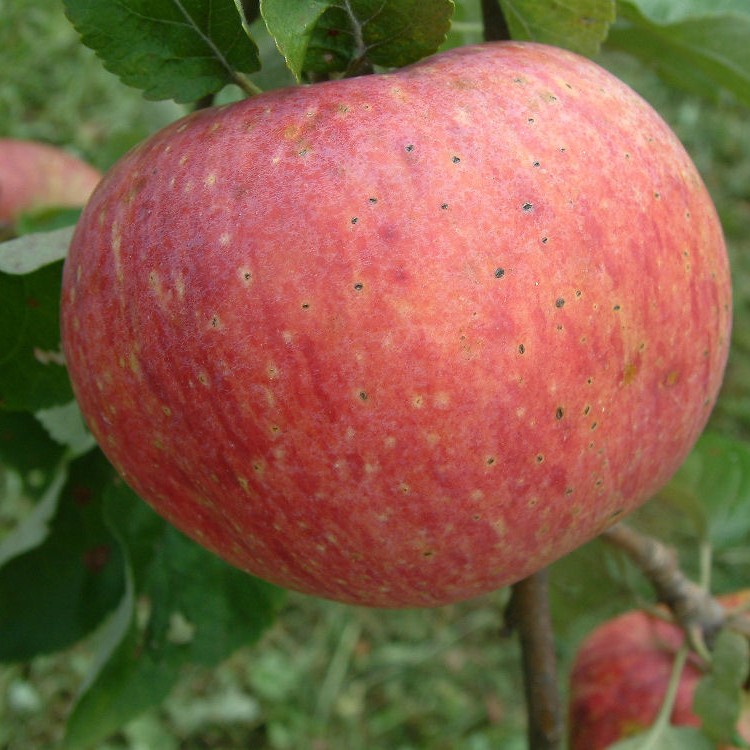
Ray Ranch Alexander
Of Russian origin (c. 1700), the cold hardy cultivar was introduced into England in 1817 making its way to the U.S. around 1835. A known parent of the famously large 'Wolf River' apple, the 'Alexander' is coveted for its hardiness, culinary uses in pies and sauces as well as its use in home orchards where it ripens over several weeks so as not to overwhelm the harvester. Fruit is conical, large, pale yellow splashed with red stripes and carmine blush. Flesh is light yellow, crisp, subacid and juicy. Resistant to scab.
In the southern reaches of the Bitterroot Valley, Mary Ellis and John C. Ray planted their homestead orchard "Ray Ranch" around 1887, selling fresh apples to neighbors. Pre-dating the valley's McIntosh apple boom, the Rays planted 'Wealthy', 'Duchess', 'Alexander' and several crabapple trees. Over 40 trees remain of the original orchard today and are cared for by the current owners of the North Fork Rye Ranch.
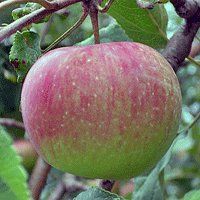
Chief Plenty Coup Wealthy
One of the first apples to survive a Minnesota winter, 'Wealthy' is named for famous cold hardy apple breeder Peter M. Gideon's wife. An apple of many uses, it is often cooked before it is fully ripe, but left to mature the fruit transitions from a green apple with red and carmine stripes to a mostly red apple sweet, vinous and complex with hints of strawberry. Also good for adding acid and flavor to sweet and hard cider.
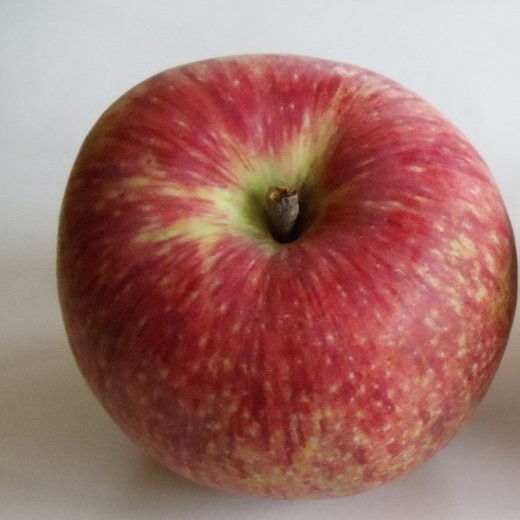
Chief Plenty Coup Duchess
'Duchess of Oldenburg' is another centuries old Russian cultivar brought to the United States by the Massachusett's Horticultural Society in 1835. Though short-lived, this rugged and cold hardy tree produces early. Fruit is medium to large with irregular scarlet stripes on a yellow backdrop. Flesh yellow, fine, sprightly subacid and balanced allowing for versatility both as a fresh eating apple or used in the kitchen.
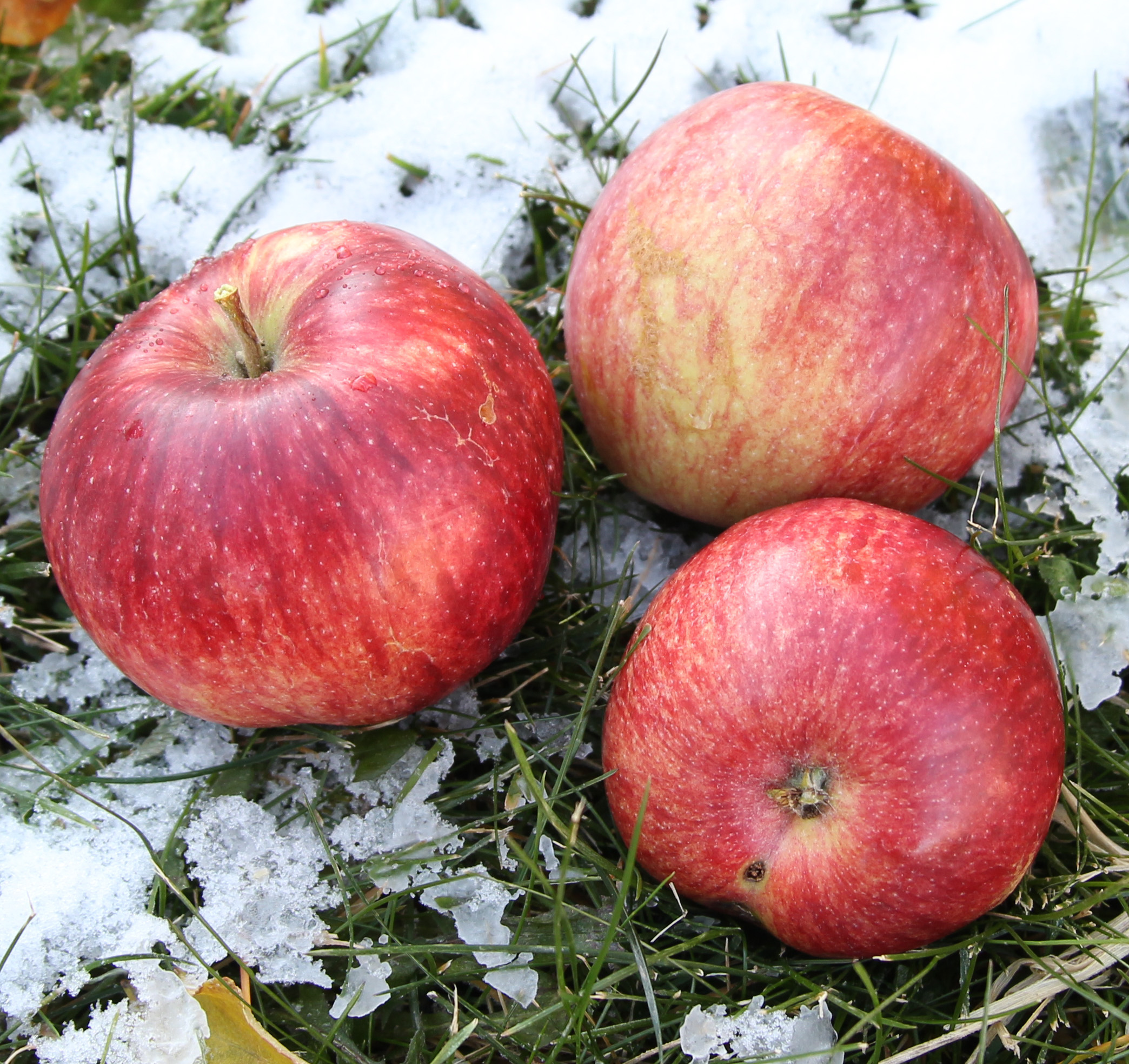
Summerdale
This beautifully striped apple set against a green background begs to be polished and presented to your favorite teacher. The pronounced white lenticels cover the apple like stars but the real beauty is in the perfumed crunch of this sweet apple, bursting with the nostalgic flavor of an old time 'McIntosh'. Ripens early to mid-September. Best if eaten fresh!

Luella Moon
Named for the homestead's matron Luella Moon, this seedling apple was uncovered while clearing brush near a creek by the Moon Randolph Homestead and Orchard outside Missoula, MT. The nearly yellow apple is splashed with stripes reminiscent of a 'Duchess of Oldenburg' but with the unique conical shape of the 'Yellow Bellflower'. While not the sweetest apple in the bunch this late ripening tree will please the palate with its almost pearlike flavor when your summer apples have all gone to mush.

Moon-Randolph
This large apple begins ripening in August with harvestable apples throughout September. With a crisp bite and carmine stripes set against yellow skin these fruit will impress the grower with their flavor, size and versatility.


